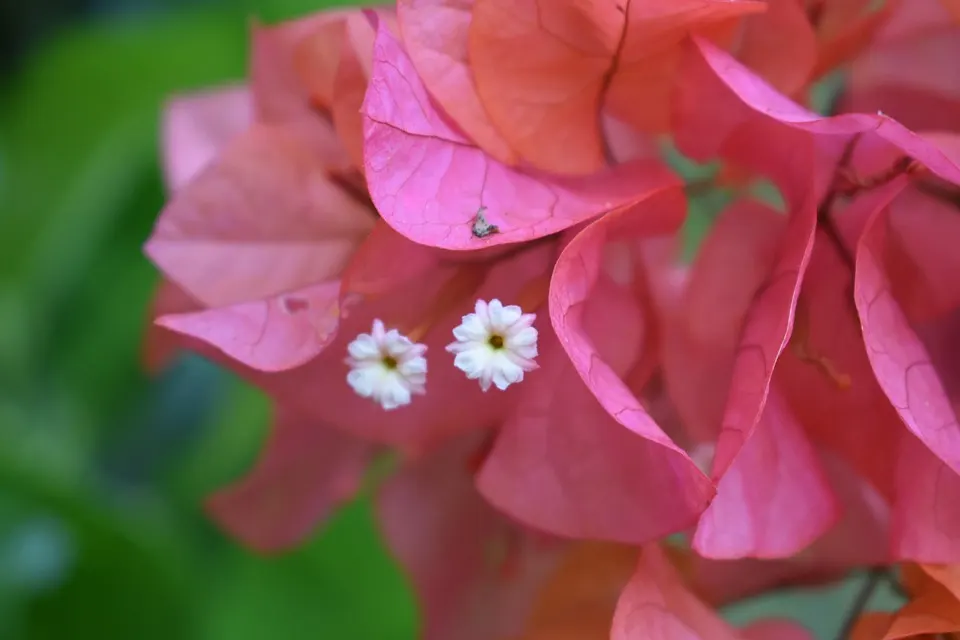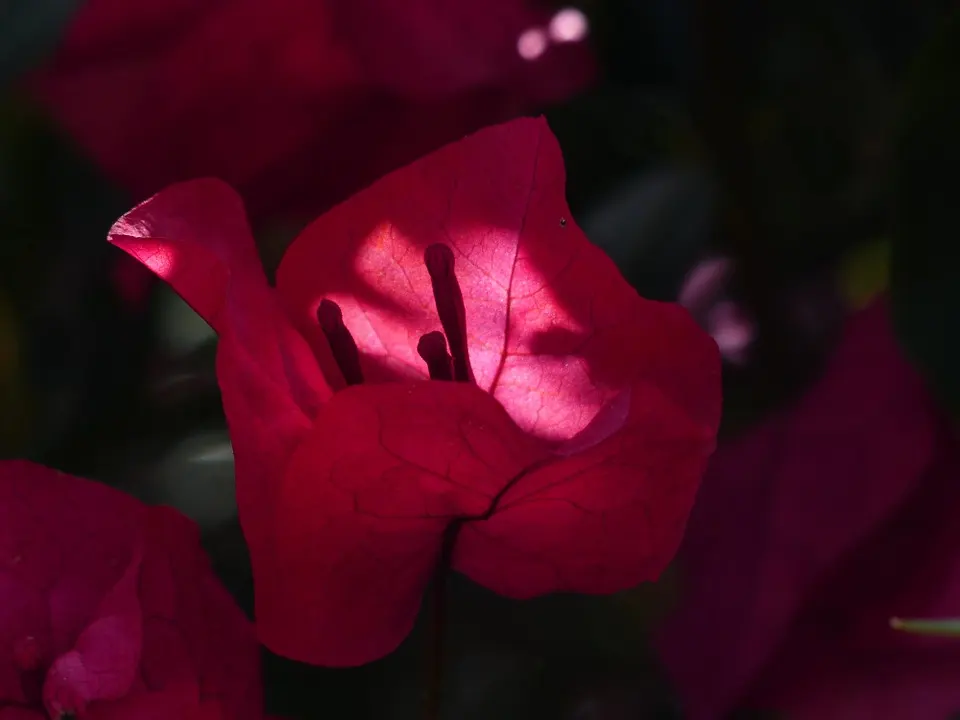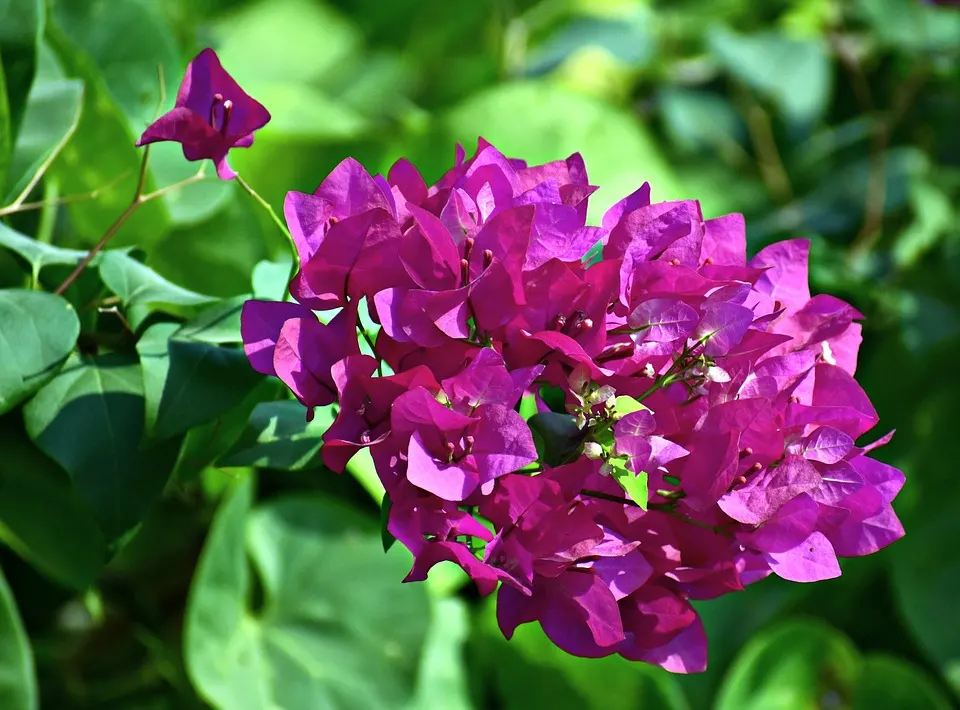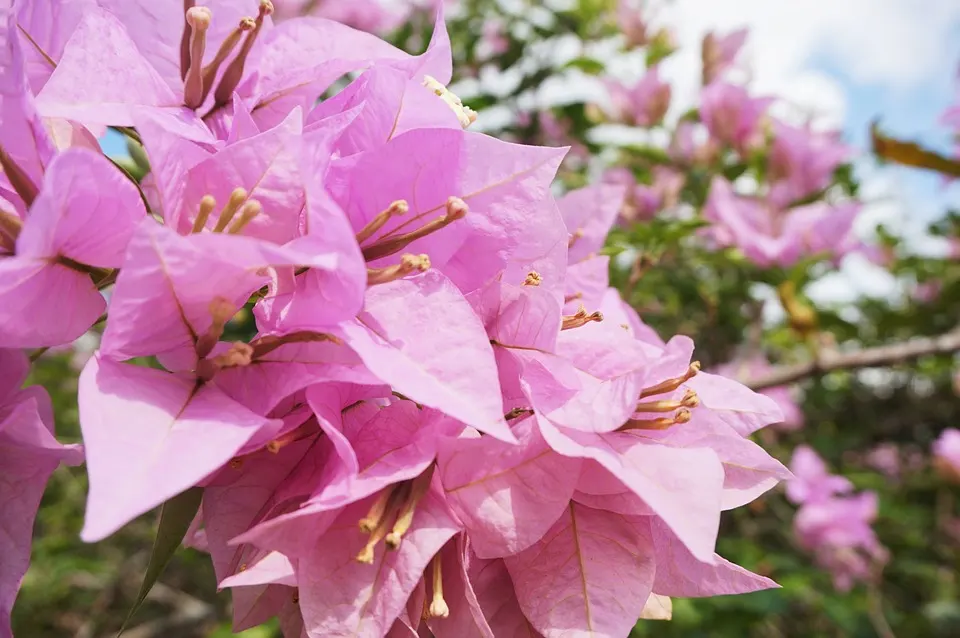Making a Bougainvillea Bonsai: Step-by-Step Guide
So you have an idea to make a Bougainvillea bonsai, but you have no idea where to start? We don’t blame you. It’s a beautiful tree, and the colorful bracts are stunning to behold. It makes any collection look gorgeous, no matter what time of year it is.
In this guide, we’ll show you how to prepare and make your Bougainvillea bonsai, and we’ll present some aspects you need to consider before embarking on this adventure.
Here are the topics we’ll cover:
Here are the topics we’ll cover:
01
02
03
04
Preparing for Your Bougainvillea Bonsai
Before you can make your Bougainvillea bonsai, there are some elements you need to prepare first. We also need to gauge at which level you’re at so you can adjust any of the provided steps. For the most part, we’ll deal with an established bush that you want to transform into a small tree. However, we’ll also cover some other approaches.
Propagation or Purchase?
The most significant factor in making a Bougainvillea bonsai is whether you will be purchasing or propagating your tree. If you’re buying it, are you aiming for one that’s already a bonsai or sold as an established bush in a large pot? The latter will be cheaper, but you’ll need to put in loads of time and energy to make it a bonsai. The former will cut down on time but will cost you more.
If you’re propagating a Bougainvillea bonsai, there won’t be any purchasing costs unless you include the pot, soil, and fertilizer. You can easily grow a bonsai tree from softwood cuttings, as long as you follow our detailed guide. Once you have grown some roots on it, you can follow our steps below.
Shapes and Styles
Your next preparation consideration is which style and shape you want. You can look up several resources for inspiration, such as online images, social media posts, or video guides. We also have an extensive guide on which styles will suit your Bougainvillea bonsai.
In summary, the most popular shape is the broom. You’ll grow various branches from the main trunk towards the upper foliage, increasing the ramifications to get a dense outline. The reason you want to many is to show off as many bracts and flowers in the summer. However, many people have also opted for informal upright and jin.
Bonsai Sizes
Next up, you need to decide how large you want to make your Bougainvillea bonsai. There are three main classes, the first of which is Miniature. They’re usually between 1 to 8 inches, but we don’t recommend any of the listed sizes in this category. The tree will want to spread its foliage quickly in the warmer months, so it’s best to let it for gorgeous bracts and flowers.
Next up is Medium, which is between 10 and 36 inches. We recommend the Katade-Mochi sub-class, which is up to 18 inches. You can develop a stunning Bougainvillea bonsai for this size, and it’s easy to shape and maintain. You don’t really need to go larger unless you really want to show off as a large centerpiece.
This brings us to the Large class. With the Omono/Dai, you can go as high as 48 inches, while the Hachi-Uye gives you a creative license up to 60. You can even try the Imperial subclass up to 80 inches if you want to be brave.
The choice of size is yours. Later, we will discuss choosing the right species and cultivar. You can play with various sizes when you make your Bougainvillea bonsai, but keep in mind the maintenance requirements for each one.
Pot and Soil
When you’ve made your mind up regarding the above aspects, it’s time to decide on the container and soil. For the latter, you should aim for a pH level of about 5.5 while ensuring that there are enough macro- and micronutrients for your new bonsai to thrive in the first two years.
Secondly, you need to choose the right pot shape to match the style you decided on earlier. If you’re aiming for a broom style, you can buy an oval container for the round foliage you’ll cultivate in time to come. Try to keep it shallow so the fine roots have a chance to absorb the water and nutrients more readily than with a deeper version.
Location Risk Management
Finally, take a look around the desired location for your Bougainvillea bonsai. You need to ensure that there’s enough sunlight during the day with some afternoon shade. Due to the thorns on the branches, you’ll also need to check that no children or pets can fiddle with the small tree.
Another factor is convenience. It should be easy for you to water and care for your bonsai. If the spot you’ve placed it becomes too much of a mission to get to, you’ll lose the motivation to care for it in the long run. It should be your safe haven, a place to rest from the hustle of life.
Take a walk around the location and make a list of all the potential risks. There may be some you can live with, while others may be more devastating to your bonsai tree. If you see any potential dangers, write some ideas on how you can remove them or change the settings for a safer environment.
How to Make a Bougainvillea Bonsai
Now that you’re ready, we can take a detailed look at how to make a Bougainvillea bonsai. Remember, the steps will depend on your approach as mentioned above, so you need to adjust them to apply to you. These are mostly generic steps:
- Establish the Location: With the spot for your Bougainvillea bonsai determined, it’s time to get it established. You need to make sure it has easy access to water and sunlight, and you should maintain high humidity. Ensure you take precautions against pests and pets.
- Place the Pot and Soil: You can now place the soil in the container. Make room for the roots if the tree is already established, or you can place your cutting directly into the soil with root hormone powder. Check that the substrate holds the bonsai in place securely and that it drains water quickly.
- Plant your Bougainvillea Bonsai: With the soil and pot ready, you can now insert your Bougainvillea bonsai. You’ll need to spend a week or two letting it settle in before you take any further action. It gives your tree a change to breathe from the stress.
- Prune to the Desired Style: When you’re certain the roots have settled in, you can start working on your design. Prune away any dead leaves and shoots, while also styling them as needed. Instead of using wires, you can use the clip-and-grow technique to shape it.
- Caring for your Bougainvillea: The most significant aspect is providing the proper care for your Bougainvillea bonsai. There are many factors you need to check, which are included in our detailed guide in the link. The main points are sunlight, feeding, watering, humidity, soil care, and pests.

Factors to Consider Before Making a Bougainvillea Bonsai
So you’ve seen how to make a Bougainvillea bonsai, and you’re rearing to go. We’d like you to take a moment to meditate on the following aspects before you begin. You may change your mind, depending on how motivated you are for this journey.
Long-Term Committment
Having any bonsai tree is a long-term commitment. It’s not a phase you’re going through, as they need your help to survive in the small pot you planted them in. While growing bonsais isn’t a cruel act, leaving them to die is. Don’t start making a Bougainvillea bonsai if you don’t plan on going all the way.
If you feel at some point that you can’t continue to maintain it, pass it on to family or a friend. There are plenty of eagre people that love Bougainvilleas, and you’ll certainly make someone’s day.
Thorns and Pests
Two aspects of Bougainvillea bonsais that people usually complain about are thorns and pests. The thorns are generally prickly, and they can cause skin conditions, such as irritation, swelling, and itchiness. However, you can easily prevent this situation by wearing the correct protective gear when pruning.
If you don’t take proper care of your Bougainvillea, you’ll see pests and diseases appear. You’ll need to inspect it every day for any signs of them. Should there be any infections, you can purchase an organic fungicide or pesticide to remove them. Some of them you can quickly remove by hand before they become a problem.
Climate and Dormancy
Bougainvilleas enjoy full sunshine in warm climates to mimic the conditions in South America. If you have warmth for most of the year, it will remain evergreen and present new leaves for every season. The best hardiness zones for these bonsais are 9 to 11.
Should you live outside these areas, you probably have colder winters than it’s used to. When the colder seasons arrive, you’ll notice the leaves turn yellow or fall off. It’s normal, as the tree will go into dormancy in these conditions. Only some of the species are frost-resistant, so you’ll need to bring it indoors to protect it.
Maintenance Schedules
Taking the impact of the climate in mind, you should adjust your maintenance schedules accordingly. For instance, a deciduous Bougainvillea needs ample pruning in spring when new growths appear. When it goes dormant in winter, you can work on the structure.
For an evergreen Bougainvillea, it might still go dormant in winter, but you won’t see any leaves drop. However, you may receive a second burst of flowers in late fall. You’ll need to remove any dead flowers for the healthy development of the new ones. Also, design work will be a bit trickier, as you can’t see much of the structure under the foliage.
Various Cultivars and Species
You don’t need to settle for only one species or cultivar. There are plenty of different types you can develop, with various bract colors and leave shapes. Some are more drought and frost-resistant than others, so it’s best to research the specific species you have.
If you’re worried about the thorns, you can try Miss Alice or Singapore Pink. These have no or minimal thorns, and you don’t have to worry about any skin irritations or conditions. They’re also much easier to maintain, and you’ll have an array of colors to display.
Final Thoughts
As you can see, it’s relatively easy making a Bougainvillea bonsai. Caring for it and maintaining the small tree is another matter altogether. You need the commitment, energy, and patience to pull it off. If you succeed, you’ll have a stunning bonsai you can show off to your friends and family, telling them that you designed it by yourself like a master.







